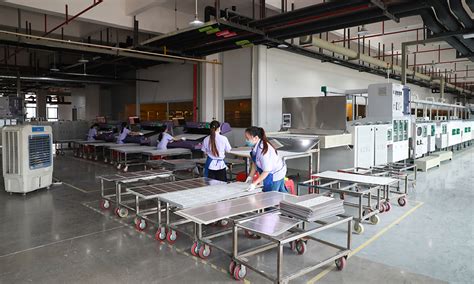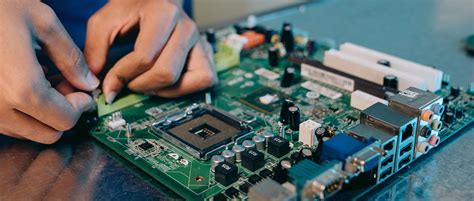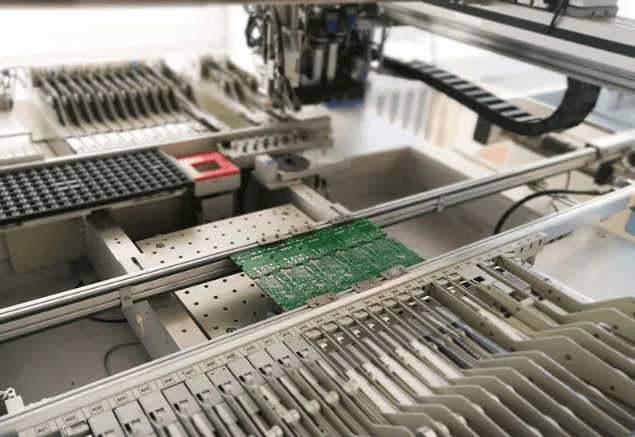Mastering Aluminum PCB Prototyping for Efficient Designs
Key Takeaways
When embarking on your journey in aluminum PCB prototyping, understanding the essential components can significantly enhance your approach and outcomes. Familiarity with pcb manufacturing processes is key, as this knowledge allows you to navigate the complexities that arise in developing your designs. Choose reliable pcb manufacturing companies that specialize in aluminum boards to ensure you get quality prototypes that meet your specifications. Additionally, consider the pcb manufacturing cost, which can vary based on materials, complexity, and volume. By evaluating these factors early on, you can manage your pcb manufacturing business more effectively and achieve better financial outcomes. Remember that effective thermal management is crucial; aluminum PCBs greatly benefit from their ability to dissipate heat efficiently, ensuring optimal performance of your electronic designs. Engage with these elements thoughtfully, and you’ll unlock a new level of efficiency in your projects.
Introduction to Aluminum PCB Prototyping
Aluminum PCB prototyping is an innovative approach that enhances your electronic designs. By utilizing aluminum as a substrate, you can not only improve the longevity of your prototypes but also gain significant advantages in thermal management. In traditional PCB manufacturing, thermal dissipation can often be an issue, leading to potential failure in electronic applications. However, with aluminum PCBs, the heat generated is efficiently transferred away from critical components, ensuring optimal performance. This shift in design requires an understanding of how aluminum interacts during the PCB manufacturing process. Choosing a reliable PCB manufacturing company is crucial, as they can provide insights into minimizing the PCB manufacturing cost while maintaining high-quality standards. As you delve deeper into your PCB manufacturing business, consider how aluminum can elevate your designs and set you apart from competitors by providing superior thermal performance and efficiency. Engaging with experts and exploring advanced techniques will further enhance your prototypes’ effectiveness and reliability, allowing you to push the boundaries of innovation in your projects. Explore more about effective practices in aluminum PCB prototyping to unlock its full potential for your electronic devices.
For additional resources and insights on PCB manufacturing services, you may find useful information at Andwin PCB.
Benefits of Using Aluminum PCBs in Electronic Designs
Utilizing aluminum PCBs in your electronic designs brings numerous advantages that can significantly improve the overall performance of your projects. One of the most notable benefits is their exceptional thermal conductivity, which ensures optimal heat dissipation, especially in high-power applications. This thermal efficiency not only enhances the reliability of your devices but also prolongs their lifespan. Moreover, aluminum PCBs are more lightweight compared to traditional FR-4 PCBs, allowing for more flexible design options in various applications.
Additionally, as you explore the realm of pcb manufacturing, you will find that partnering with reputable pcb manufacturing companies can streamline your prototyping process. These companies understand the nuances involved in creating high-quality aluminum boards and can assist in minimizing pcb manufacturing costs while maintaining superior quality.
Investing time in understanding the benefits of aluminum PCBs can pay off significantly. For instance, if you are designing a gadget that includes LED lights or RF amplifiers, opting for aluminum substrates can enhance both efficiency and performance.
“Choose wisely when selecting materials; often, aluminum PCB designs yield better heat management and efficiency.”
By integrating these insights into your design strategy, you can not only optimize your projects but also gain a competitive edge within the pcb manufacturing business landscape. Remember to consider the specific needs of your application when deciding between materials—it may lead to transformative results!
Techniques for Effective Thermal Management
When working on aluminum PCB prototyping, effective thermal management is crucial for ensuring the longevity and performance of your electronic devices. Proper heat dissipation not only extends the lifespan of components but also enhances overall circuit reliability. To achieve efficient thermal management, consider the following techniques.
First, analyze your design through thermal simulation. This allows you to visualize heat distribution and identify any potential hotspots early in your prototyping process. Utilize software tools that can simulate how heat flows through aluminum PCBs, helping you make informed decisions during the design phase.
Second, focus on the layout of your PCB. Pay special attention to component placement; ensure that thermal-sensitive components are distanced from high-power elements. A well-structured layout optimizes airflow and prevents heat accumulation, reducing overheating risks.
Additionally, incorporate appropriate thermal interface materials (TIMs) between components and the PCB surface to enhance heat transfer. These materials significantly reduce thermal resistance, promoting efficient heat dissipation. Selecting suitable TIMs can be pivotal in managing pcb manufacturing costs, as they may prevent costly failures in production resulting from inadequate thermal management.
Lastly, if part of a larger pcb manufacturing business, collaborate with reputable pcb manufacturing companies that specialize in aluminum PCBs to gain insights into advanced techniques and materials that align with industry standards. By fostering partnerships with these companies, you can improve your practices while optimizing costs related to aluminum PCB integration within projects.
Incorporating these strategies will not only improve the performance of your prototypes but also guide you in making better decisions regarding pcb manufacturing processes as a whole. Remember, effective thermal management is essential for successful electronic designs; thus, focusing on these techniques will elevate your projects significantly.
Key Considerations for Aluminum PCB Design
When diving into aluminum PCB design, several key considerations come into play that can impact both performance and cost-effectiveness. First and foremost, understanding the pcb manufacturing process is crucial. You should evaluate the pcb manufacturing companies available to ensure they have expertise in aluminum layers, as this material requires specialized handling due to its thermal properties. Additionally, pay attention to the pcb manufacturing cost—aluminum materials may increase expenses, but their benefits in heat dissipation often justify the investment. It’s essential to strike a balance between your budget and the performance you desire.
Thermal management is a vital aspect of your design; if overlooked, it can lead to inefficiencies and potential damage in your electronic devices. Consider incorporating thermal vias or using thermal interface materials when designing the layout. Each of these elements contributes to achieving optimal performance while keeping production costs reasonable. Furthermore, collaborating with experienced pcb manufacturing companies can also help troubleshoot specific challenges before they escalate during production.
Lastly, as you plan your design, think about future iterations of your project and how scaling might affect your choices in materials and processes. Iterative improvements can lead to significant advancements in both performance and overall design efficiency, ultimately enhancing the output of your pcb manufacturing business. By understanding these considerations thoroughly, you can ensure that your aluminum PCB designs are not only effective in terms of heat management but are also a financially sound choice in today’s competitive landscape.
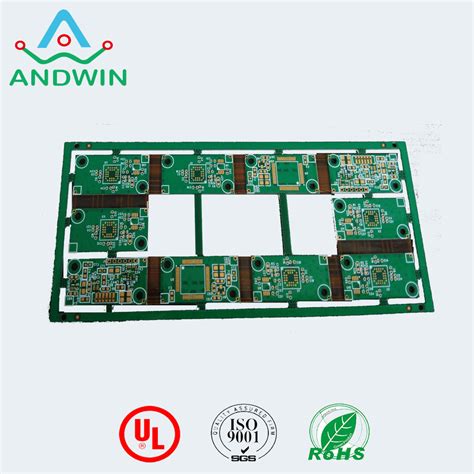
Prototyping Process: From Concept to Production
Navigating the prototyping process for aluminum PCBs involves several critical steps that transform your idea into a functioning product. At the outset, it’s essential to clearly define your project requirements and establish the specifications that will guide your design. Consider factors such as thermal management, material properties, and mechanical constraints. Engaging with reliable PCB manufacturing companies can streamline this phase, as they provide valuable insights into the best practices for PCB manufacturing tailored to aluminum materials.
Once you’ve mapped out your design, the next stage is to create a prototype. Leverage advanced software tools to simulate the PCB layout before it goes to production, allowing you to spot potential issues early on. When choosing a partner for PCB manufacturing, always evaluate their capabilities in handling aluminum substrates and inquire about their pcb manufacturing cost. This step is vital for keeping your project within budget while ensuring quality.
Finally, after you’ve validated your prototype through rigorous testing, it transitions into production. Your collaboration with the right pcb manufacturing business can significantly affect not only turnaround times but also overall product performance and reliability. By following this structured approach from concept through production, you will enhance your chances of achieving successful outcomes in aluminum PCB prototyping.
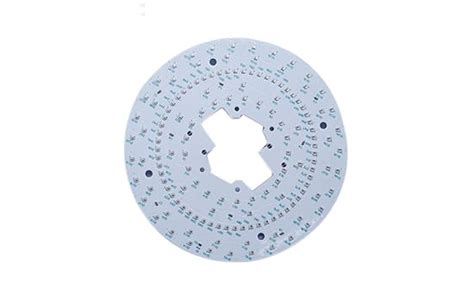
Common Challenges and Solutions in Aluminum PCB Prototyping
When diving into aluminum PCB prototyping, you may encounter several common challenges that can affect both the pcb manufacturing process and the final product’s performance. One frequent issue is ensuring adequate thermal management. As you know, aluminum PCBs are primarily used in applications where heat dissipation is crucial. If not designed properly, overheating can lead to failures. To combat this, consider utilizing design techniques that enhance heat dissipation, such as thermal vias or using copper pads strategically to distribute heat across the surface.
Another challenge lies in sourcing materials from reliable pcb manufacturing companies that can meet your quality standards at a reasonable pcb manufacturing cost. It’s essential to vet potential suppliers thoroughly and discuss expectations upfront to mitigate risks associated with subpar materials. Additionally, navigating the complexities of the prototyping process requires a keen understanding of your project’s specifications and strict adherence to tolerances, which can sometimes be overlooked by those new to this field.
In your pcb manufacturing business, it’s beneficial to foster relationships with suppliers who are experienced in aluminum PCB production; this not only helps streamline communication but also improves the overall efficiency of the prototyping process. Lastly, always be proactive about quality assurance throughout each stage of production, as this will safeguard against potential issues that could arise from inconsistent standards. By approaching these challenges with a clear strategy and informed perspective, you’ll enhance not only your designs but also your experience with aluminum PCBs overall.
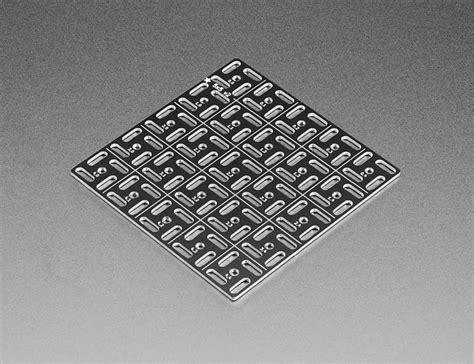
Practical Tips for Enhancing PCB Performance
To ensure optimal performance of your PCBs, especially when utilizing aluminum PCB prototyping, consider several practical recommendations. First, focus on thermal management techniques that enhance heat dissipation. Using heat sinks or properly placed vias can significantly improve the thermal performance of your designs. Additionally, choosing the right pcb manufacturing process is crucial. Research and select suitable pcb manufacturing companies that specialize in aluminum PCBs, as their expertise can impact the final product quality and reliability.
Pay attention to your pcb manufacturing cost, as the selection of materials and processes directly influences expenses. It’s wise to conduct a cost-benefit analysis to ensure your design choices align with budgetary constraints without compromising performance. Also, during the design phase, leverage software tools that can simulate thermal performance and verify electrical conductivity—this helps in identifying potential inefficiencies early in the process.
Lastly, keep abreast of industry standards and guidelines for aluminum PCB designs; these can offer insights into best practices that inform your pcb manufacturing business decisions. By adopting these strategies, you will ultimately enhance the overall performance and durability of your PCBs, resulting in successful electronic projects.
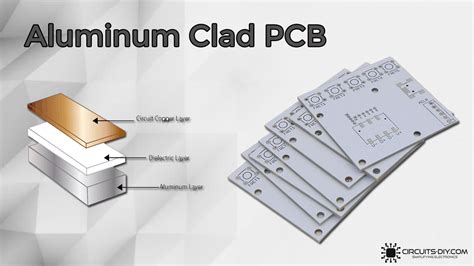
Case Studies: Successful Aluminum PCB Applications
When evaluating the effectiveness of aluminum PCB prototyping, it’s essential to look at real-world applications where these boards have made a significant impact. For instance, in the automotive sector, aluminum PCBs are employed to manage heat in LED lighting systems. By utilizing effective thermal management techniques, engineers have succeeded in improving the reliability and efficiency of these vital components. Further, pcb manufacturing companies have reported a reduction in pcb manufacturing cost due to the streamlined production processes that aluminum provides.
In the consumer electronics realm, devices that require high power and performance benefit from the inherent advantages of aluminum PCBs. For example, smartphones and tablets increasingly incorporate this technology to enhance battery life while ensuring optimal performance through efficient heat dissipation. This trend highlights a shift among various pcb manufacturing businesses, striving for lighter and more efficient designs with reduced weight without compromising performance.
Moreover, recent case studies in industrial automation have showcased how aluminum PCBs contribute to more consistent performance under varying temperatures. This reliability translates not only into better product design but also optimizes long-term operational costs for manufacturers. As you explore your options in pcb manufacturing, consider how these successful applications can guide your design decisions and foster innovations tailored to your specific project needs. Through understanding these case studies, you gain valuable insights into transforming potential challenges of aluminum PCB prototyping into robust solutions for your designs.
Conclusion
In your journey through aluminum PCB prototyping, you’ve likely discovered the significant advantages that this material offers in the realm of pcb manufacturing. These boards not only enhance thermal performance, but they also provide a robust solution for various electronic designs that require efficient heat dissipation. By employing advanced techniques in your prototyping process, you can address common challenges typically faced during pcb manufacturing. Collaborating with reliable pcb manufacturing companies will further streamline your projects, ensuring high-quality results while managing the overall pcb manufacturing cost effectively.
You should also consider the broader implications of choosing aluminum as your substrate. The inherent benefits serve to improve not just the performance of your design but also the sustainability of your pcb manufacturing business. By optimizing the use of aluminum, you can elevate your products to meet increasing market demands, potentially leading to greater customer satisfaction and competitive advantage. Prioritizing these elements will elevate your designs and ultimately position you for success in a fast-paced industry where innovation is key.
FAQs
What is aluminum PCB prototyping?
Aluminum PCB prototyping refers to the process of creating printed circuit boards (PCBs) made from aluminum substrates. These PCBs enhance thermal dissipation and improve reliability, especially in high-power applications.
Why should I use aluminum PCBs for my electronic designs?
Using aluminum PCBs can significantly improve thermal management, reduce overheating, and increase the lifespan of your electronic devices. This is particularly advantageous in pcb manufacturing, where thermal performance is crucial.
How does the cost of aluminum PCB prototyping compare to traditional methods?
While the initial pcb manufacturing cost for aluminum prototypes may be higher, the long-term benefits in reliability and performance often outweigh these costs. Many pcb manufacturing companies offer competitive pricing that can make aluminum an attractive option.
What are common challenges in aluminum PCB prototyping?
Some challenges include ensuring proper heat dissipation and adhering components effectively. Being aware of these issues allows you to collaborate effectively with your chosen pcb manufacturing business to mitigate potential hurdles.
How do I enhance the performance of my aluminum PCBs?
You can enhance performance by optimizing layout design for thermal flow, using high-quality materials, and cooperating closely with your pcb manufacturing company.

